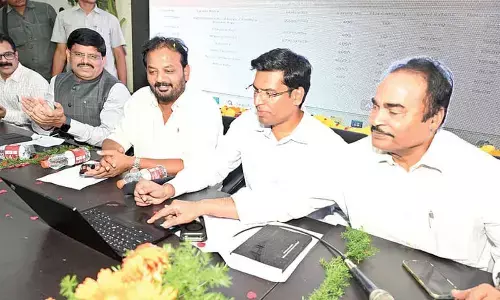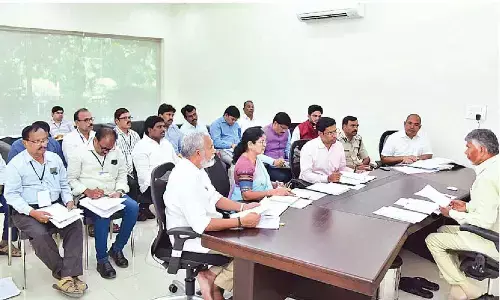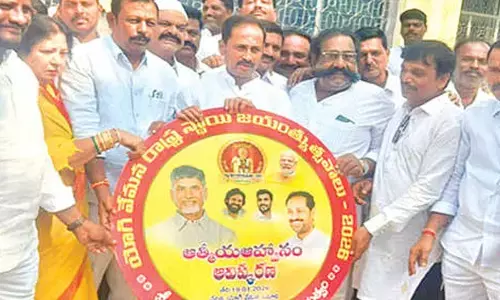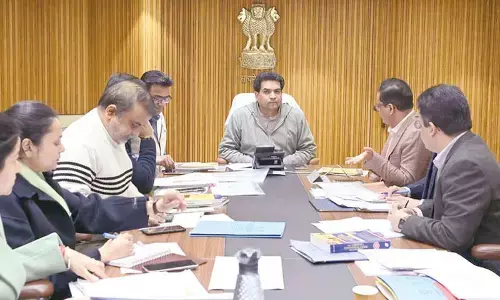A forgotten historic moment

Representational Image
On August 15, the Government of India had launched Azadi Ka Amrit Mahotsav to celebrate and commemorate 75 years of progressive India and the glorious history of its people, culture and achievements.
On August 15, the Government of India had launched Azadi Ka Amrit Mahotsav to celebrate and commemorate 75 years of progressive India and the glorious history of its people, culture and achievements. But all seem to have forgotten about the non-cooperation movement when Mahatma Gandhi made an epoch-making decision to go in for a change over from Gujarati outfits and switch over to simple dhoti on September 22, 1921. Initially he was in a dilemma as he wanted foreign cloth to go but people were not able to switch over to Khadi immediately.
"We are too poor to buy Khadi," said the peasants in the third-class train compartment that Gandhi happened to travel on that day. "All the alterations I have made in my course of life have been effected by momentous occasions; and they have been made after such a deep deliberation that I have hardly had to regret them. And I did them, as I could not help doing them. Such a radical alteration - in my dress - I effected in Madurai," wrote Gandhi on his change to loincloth.
Records show that on reaching Madurai, he stayed in the house of his follower Ram Kalyanji and adopted the new attire. The place where he appeared first in public in his loincloth attire is now called 'Gandhi Pottal'. Madurai is celebrating the centenary but at the national level there is no word about this historic moment. The first step towards Swadeshi and Atma Nirbhar had in fact begun on this day. This dress resembles the way a south Indian farmer ties his langoti.
Apparently, Gandhi wanted to identify himself with peasants. Winston Churchill, the former prime minister of UK ridiculed him as half-naked fakir. But the same loin cloth had become his identity. The mention of the word Gandhi brings before our eyes a frail body with loin cloth, spectacles and a stick in hand.
Gandhi recounted two occasions when he had felt the urge to change his dress. The first one was during his visit to the famine-stricken Khulna in Barisal (present-day Bangladesh). and burning clothes in rest of India as a part of the Swadeshi movement.
Another occasion was the arrest of Maulana Mohammed Ali, Gandhi's associate during the initial phase of the Khilafat movement. Gandhi had to deliver a speech soon after the arrest. "I thought of dispensing with my cap and shirt that moment, but then I restrained myself fearing that I might create a scene."
He knew that it was not possible to bring sudden change in the society. So in all his speeches he used to tell them if you don't get Khadi, you can do with mere loin-cloth but discard foreign clothing. Gandhi appeared in loin-cloth for the first time in a public meeting at Tirunelveli on 23 September, a day after his Madura speech.
Later, he started spinning regularly for half an hour every day before his second meal. Even a visit to Buckingham Palace could not bring a temporary change in the decision he made at Madura.
But it is rather sad to see that though Gandhi is known as the Father of the Nation, the nation and the national leaders are silent and no one even bothered to make any effort even to talk about it if not celebrate the day or take up some programmes which could have further fuelled the spirit of Atma Nirbhar.
Unfortunately, it has be confined to be a small affair in Tamil Nadu particularly Madurai where Chief Minister M K Stalin released a book on 'Democracy and Development'. 'Hey Ram'.

















